




Mould can be a common problem in many homes, but it is often observed on furniture rather than on walls. This phenomenon might seem puzzling, but it is actually a result of various factors that contribute to mould growth in specific areas.
One of the main reasons why mould tends to appear more on furniture than on walls is the porous nature of the materials used in furniture construction. Unlike walls which are usually made of non-porous materials such as plaster or drywall, furniture is commonly made of materials such as wood, fabric, or leather that can absorb moisture. This moisture, combined with the lack of ventilation and sunlight that furniture may experience, creates an ideal environment for mould growth.
Additionally, furniture is often placed against walls or in corners, which can further trap moisture and create stagnant air pockets. This stagnant air provides a perfect breeding ground for mould spores to settle and grow. As a result, mould becomes more likely to develop on the surface of furniture rather than on walls.
Fortunately, there are several solutions to prevent and mitigate mould growth on furniture. Increasing ventilation and reducing humidity levels in your home can help prevent moisture buildup and the subsequent growth of mould. Regular cleaning and maintenance of your furniture, including wiping it down with antimicrobial solutions and keeping it dry, can also help prevent mould growth. If you do notice mould on your furniture, it is important to address it promptly by cleaning and treating the affected area to prevent further spread and damage.
Why Is There Mould on Furniture But Not on Walls?
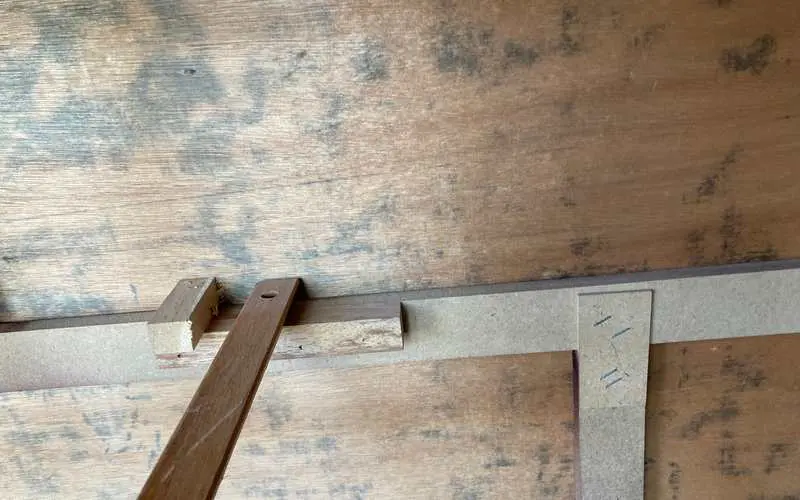
Discovering mould on your furniture can be both frustrating and concerning. You may wonder why the mould is thriving on your furniture, but not on your walls. Understanding the causes and finding appropriate solutions can help you prevent further mould growth and protect your furniture.
Causes of Mould on Furniture
- Moisture: Mould needs moisture to grow, and furniture can often become damp due to various reasons. This can include spills, leaks, high humidity levels in the room, or improper ventilation.
- Porous Materials: Many types of furniture, such as fabric upholstery or wooden surfaces, are porous. These materials can easily absorb moisture and provide an ideal environment for mould growth.
- Darkness: Mould tends to thrive in dark environments. Furniture can offer dark and secluded spots where mould can grow undisturbed.
- Lack of Air Circulation: Insufficient air circulation around furniture can prevent moisture from evaporating, creating a stagnant environment that favors mould growth.
Why Walls Are Less Prone to Mould
While it is common to find mould on furniture, walls are generally less prone to mould growth due to several reasons:
- Smooth Surfaces: Unlike furniture, walls usually have smooth surfaces that are less porous. This makes it harder for mould spores to attach and grow.
- Greater Air Circulation: Walls are typically more exposed to air circulation as compared to furniture. Proper air circulation can prevent the buildup of moisture, reducing the favorable conditions for mould growth.
- Constant Exposure to Light: Sunlight helps inhibit mould growth, and walls are more likely to be exposed to natural light compared to furniture.
- Regular Cleaning: Walls are often cleaned more regularly than furniture, reducing the buildup of dirt and organic matter that can promote mould growth.
Solutions to Prevent Mould on Furniture
If you have mould on your furniture, here are some solutions to prevent further growth:
- Address the Source of Moisture: Identify and fix any sources of moisture, such as leaks or high humidity levels. Ensure proper ventilation in the room to reduce condensation.
- Reduce Humidity Levels: Use dehumidifiers or air conditioners to control the humidity levels in the room. Aim for humidity levels below 50% to discourage mould growth.
- Proper Cleaning and Maintenance: Regularly clean and vacuum your furniture to remove any dirt or organic matter that can provide a food source for mould. Consider using mould-resistant cleaning products.
- Monitor and Control Temperature: Maintain a consistent temperature in the room to prevent fluctuations that can contribute to condensation and moisture buildup.
- Improve Air Circulation: Rearrange furniture or use fans to improve air circulation around your furniture. This can help prevent moisture from accumulating.
By understanding the causes of mould on furniture and implementing appropriate solutions, you can prevent further mould growth and keep your furniture in a healthy and mould-free condition.
Causes of Mould Growth on Furniture

Mould growth on furniture can be caused by a variety of factors. Here are some common causes:
- High humidity: Furniture located in areas with high humidity levels is more susceptible to mould growth. Moisture in the air can condense on the surface of furniture and create an environment conducive to mould growth.
- Poor ventilation: Lack of proper ventilation can contribute to increased moisture levels in a room. When furniture is in a poorly ventilated area, it can trap moisture and provide an ideal environment for mould to grow.
- Water damage: Spills or leaks that go unnoticed or untreated can cause moisture to seep into furniture, leading to mould growth. This can happen if furniture is placed too close to a source of water, such as a leaking pipe or a wet floor.
- Condensation: If furniture is placed against a cold wall or in a location where it comes into contact with cold air, condensation can occur. This condensation can promote mould growth if not addressed.
- Poor maintenance: Neglecting to clean and maintain furniture regularly can create an environment for mould growth. Dust and dirt can accumulate on the surface of furniture and provide a food source for mould.
It is important to address the causes of mould growth on furniture to prevent further damage and potential health issues. Proper ventilation, keeping furniture away from sources of moisture, and regular cleaning and maintenance are key to reducing the risk of mould growth.
Possible Solutions for Mould Growth on Furniture
Mould growth on furniture can be a frustrating problem to deal with, but there are several solutions you can try to eliminate it and prevent it from returning. Here are some possible solutions:
1. Identify and fix the source of moisture

Mould growth is often caused by excessive moisture. Check for any leaks or sources of water near the furniture and fix them promptly. This may require repairing a leaky pipe, improving ventilation in the room, or addressing any humidity issues.
2. Clean and dry the furniture
Start by thoroughly cleaning the affected furniture. Use a mixture of mild detergent and water to wipe away any visible mould. After cleaning, make sure to thoroughly dry the furniture to prevent future mould growth. You can use a fan, dehumidifier, or open windows to facilitate the drying process.
3. Apply a mould-resistant coating
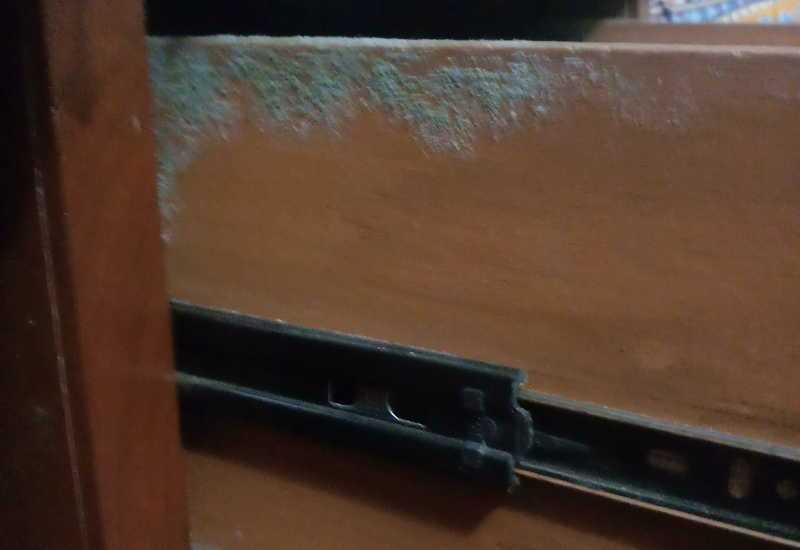
After cleaning and drying the furniture, consider applying a mould-resistant coating. There are various products available, such as mould-resistant paint or sealants, that can provide an extra layer of protection against mould growth. Follow the instructions provided by the manufacturer when applying these products.
4. Use proper ventilation and airflow
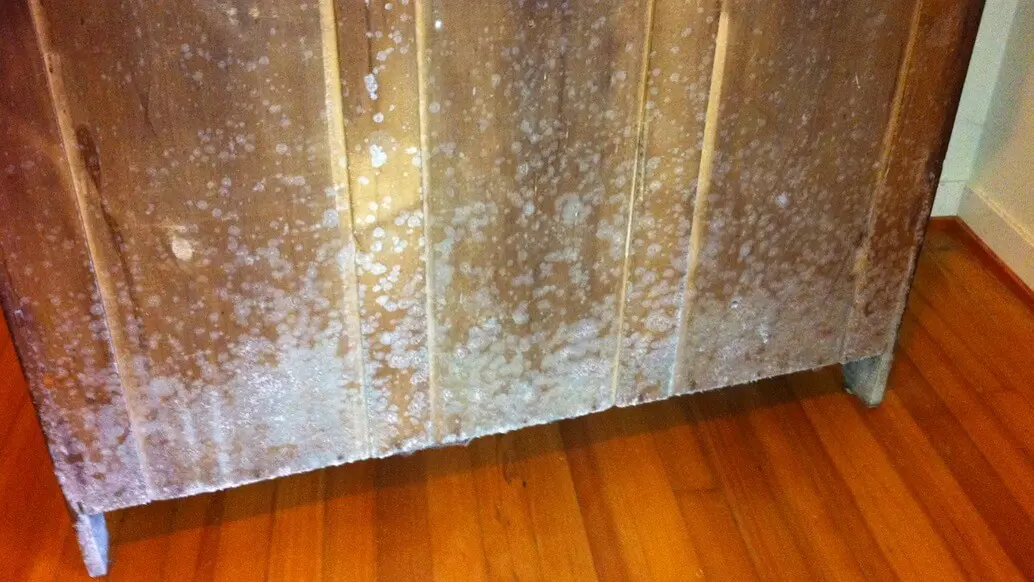
Proper ventilation and airflow can help prevent moisture buildup, which is conducive to mould growth. Ensure that the furniture is not placed against walls, as this can restrict airflow. Use fans or open windows to promote air circulation in the room.
5. Monitor humidity levels
Keep an eye on the humidity levels in the room where the furniture is located. Ideally, the humidity should be between 30% and 50%. Use a hygrometer to measure the humidity, and if it consistently exceeds the recommended range, use a dehumidifier to control moisture levels.
6. Remove and replace heavily infected furniture
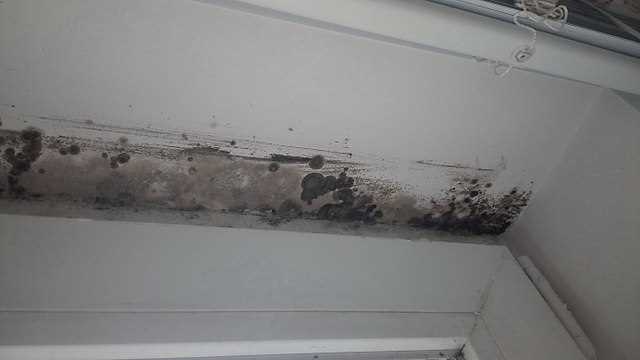
If the mould infestation on the furniture is severe and cannot be effectively treated, it may be necessary to remove and replace the affected pieces. This can prevent the spread of mould to other areas and ensure a mould-free environment.
By implementing these solutions, you can effectively address mould growth on furniture and create a healthier living environment. Remember to regularly inspect and clean your furniture to prevent future mould problems.
Factors Preventing Mould Growth on Walls
Proper ventilation
One of the main factors preventing mould growth on walls is proper ventilation. Well-ventilated spaces allow for adequate air circulation, which helps prevent the accumulation of moisture on the walls. Proper ventilation can be achieved through the use of windows, fans, or air conditioning systems. It is important to ensure that the airflow in the room is not blocked by furniture or other objects.
Low humidity levels
Mould thrives in environments with high humidity levels. Keeping the humidity levels low can help prevent mould growth on walls. This can be achieved by using dehumidifiers or air conditioning units to remove excess moisture from the air. It is recommended to maintain indoor humidity levels below 50% to discourage mould growth.
Regular cleaning and maintenance
Mould growth can be prevented on walls by regularly cleaning and maintaining them. Dust, dirt, and organic materials can provide a favorable environment for mould to grow. Regularly cleaning the walls with a mild detergent and water solution can remove any potential food sources for mould. Additionally, it is important to promptly repair any water leaks or damages on the walls to prevent moisture buildup.
Proper insulation
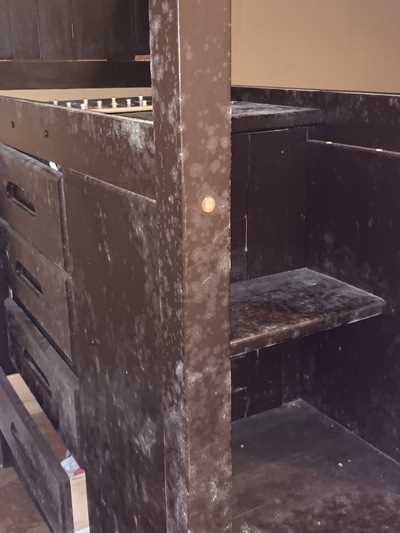
Inadequate insulation can lead to condensation on walls, which promotes mould growth. By properly insulating walls, the temperature difference between the interior and exterior surfaces is minimized, reducing the likelihood of condensation. Insulation materials like foam or fiberglass can be used to prevent heat transfer and maintain a consistent temperature on the walls.
Paints and coatings
Using anti-mould paints or coatings on walls can help prevent mould growth. These specialized products contain ingredients that inhibit mould growth and provide an additional barrier against moisture. It is important to choose paints or coatings that are specifically designed for use in high-moisture areas such as bathrooms or kitchens.
Good housekeeping practices
Practicing good housekeeping habits can also contribute to preventing mould growth on walls. Avoiding the accumulation of clutter or moisture-trapping materials near walls can help maintain a clean and dry environment. Regularly inspecting and cleaning areas prone to moisture, such as bathroom tiles or kitchen sinks, can also help prevent mould growth.
| Factors | Description |
|---|---|
| Proper ventilation | Ensuring adequate air circulation to prevent moisture buildup. |
| Low humidity levels | Maintaining indoor humidity levels below 50%. |
| Regular cleaning and maintenance | Cleaning walls and promptly repairing any damages or leaks. |
| Proper insulation | Minimizing temperature differences to prevent condensation. |
| Paints and coatings | Using anti-mould products to inhibit mould growth. |
| Good housekeeping practices | Avoiding clutter and regularly cleaning moisture-prone areas. |
Tips for Preventing Mould on Furniture
Mould on furniture can be a common problem, but there are several steps you can take to prevent its growth and keep your furniture clean and safe. Here are some tips to help you prevent mould on your furniture:
- Keep your furniture clean and dry: Regularly clean and dust your furniture to remove any moisture or dirt that can contribute to mould growth. Use a mild detergent and warm water to clean the surfaces, and make sure to dry the furniture thoroughly afterward.
- Avoid placing furniture in damp areas: Mould thrives in damp and humid environments, so try to avoid placing your furniture in areas with high moisture levels, such as basements or rooms without proper ventilation.
- Use a dehumidifier: If you live in an area with high humidity, consider using a dehumidifier in your home. This will help reduce the moisture levels and prevent mould growth on both walls and furniture.
- Ensure proper air circulation: Good air circulation is important for preventing mould growth. Keep your furniture away from walls and allow space for air to flow around it. You can also use fans or open windows to improve air circulation in your home.
- Be careful with moisture-prone items: Items like wet clothes, plants, or spills can introduce excess moisture to your furniture and increase the risk of mould growth. Make sure to remove any wet items from your furniture and wipe up spills promptly.
- Inspect and repair any leaks: Leaks in your home can lead to moisture buildup, which can contribute to mould growth. Regularly inspect your plumbing and fix any leaks as soon as possible to prevent water damage and mould infestation.
By following these tips, you can minimize the risk of mould growth on your furniture and keep your living spaces clean and healthy.
FAQ
Why does mould appear on furniture but not on walls?
The main reason why mould appears on furniture but not on walls is because furniture is usually made of organic materials such as wood, fabric or leather, which provide the perfect conditions for mould growth. Walls, on the other hand, are typically made of inorganic materials such as concrete or drywall, which are less conducive to mould growth.
What causes mould to grow on furniture?
Mould growth on furniture is primarily caused by excess moisture. When furniture is exposed to high humidity levels or water damage, it creates a damp environment that promotes mould growth. Organic materials like fabric or wood also provide nutrients for mould to thrive.
How can I prevent mould from growing on furniture?
To prevent mould growth on furniture, it is important to keep the environment dry and well-ventilated. Avoid placing furniture in areas with high humidity, and use dehumidifiers or fans to reduce moisture levels. Regularly clean and inspect furniture for any signs of water damage, and address leaks or spills promptly.
What are some solutions for removing mould from furniture?
If mould has already developed on furniture, there are several solutions for removal. Start by wearing protective gloves and a mask to avoid inhaling mould spores. Depending on the material, you can use a mixture of water and bleach, vinegar, or a commercial mould remover. Scrub the affected area gently, and make sure to dry the furniture thoroughly afterward to prevent further mould growth.














